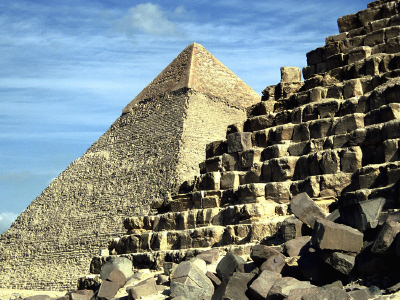The Ancient Egyptian Pyramids
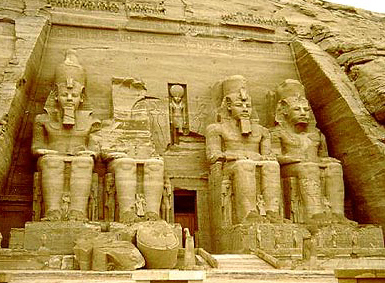
The ancient Egyptians built a pyramid as a tomb for the pharaohs and their queens. The pharaohs were buried in pyramids of many different shapes and sizes from before the beginning of the Old Kingdom to the end of the Middle Kingdom.There are about eighty ancient pyramids known today from ancient Egypt. The three largest and best-preserved of these were built at Giza at the beginning of the Old Kingdom. The most well-known pyramid was built for the pharaoh Khufu.It is known as the 'Great Pyramid'.
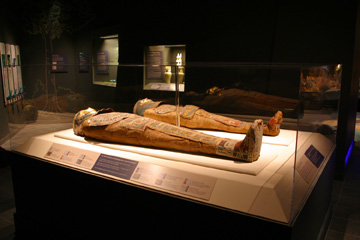
The Great Pyramid is the only one of the Seven Wonders of the Ancient World still standing. It is one of the oldest structures on the face of the earth and arguably the best built. Its mortar joints are consistently 1/50 of an inch, which is incredible craftsmanship, considering that of the over two million stones that make up the Pyramid, there is no stone weighing less than a ton, most weighing about two and a half, and some as much as 20 tons! The Pyramid covers over 13 acres and is solid masonry, not hollow or earth-filled like the Central American pyramids.
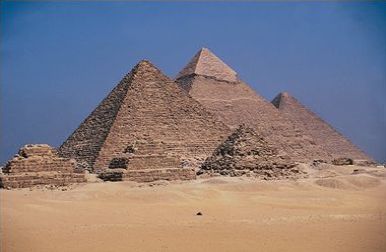
You can find it in the city of Giza, a necropolis of ancient Memphis, and today part of Greater Cairo, Egypt. The tradition of pyramid building started in Ancient Egypt as a sophistication of the idea of a mastaba or "platform" covering the royal tomb. Later, several stacked mastabas were used. Early pyramids, such as the Step Pyramid of King Zoser (Djoser) at Saqqara by the famous Egyptian architect, Imhotep, illustrate this connection. The great pyramid is believed to have been built over a 20 year period.
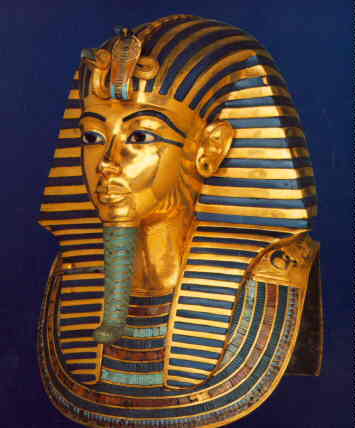
The site was first prepared, and blocks of stone were transported and placed. An outer casing (which disappeared over the years) was then used to smooth the surface. Although it is not known how the blocks were put in place, several theories have been proposed. One theory involves the construction of a straight or spiral ramp that was raised as the construction proceeded. This ramp, coated with mud and water, eased the displacement of the blocks which were pushed (or pulled) into place.
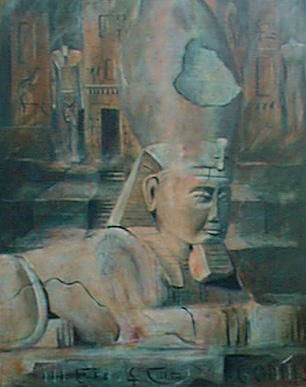
A second theory suggests that the blocks were placed using long levers with a short angled foot. Throughout their history, the pyramids of Giza have stimulated human imagination. Also in the area is the museum housing the mysterious Sun Boat, only discovered in 1954 near the south side of the pyramid. The boat is believed to have been used to carry the body of Khufu in his last journey on earth before being buried inside the pyramid. It may also serve him as a means of transportation in his afterlife journey according to Ancient Egyptian beliefs.
.
